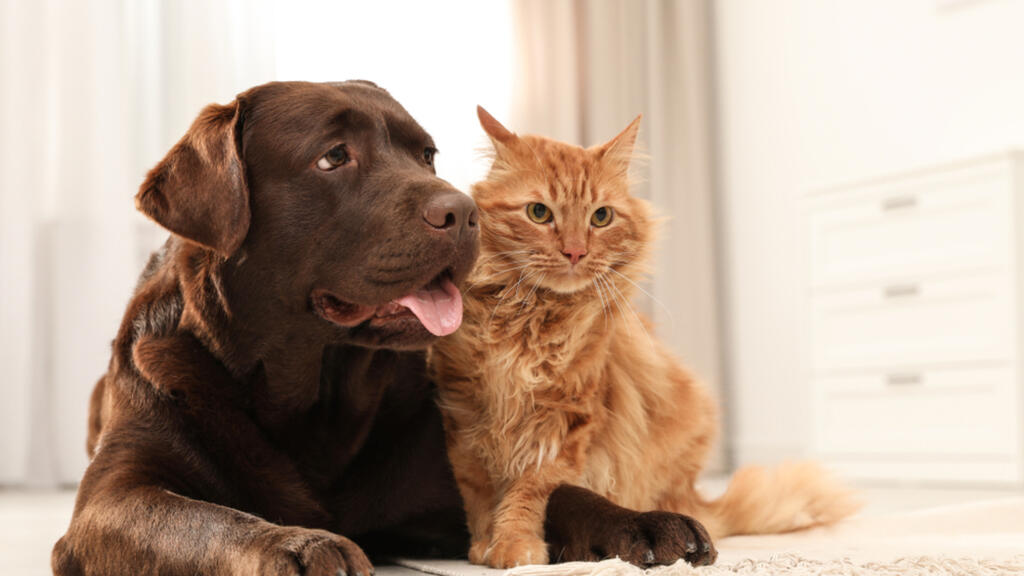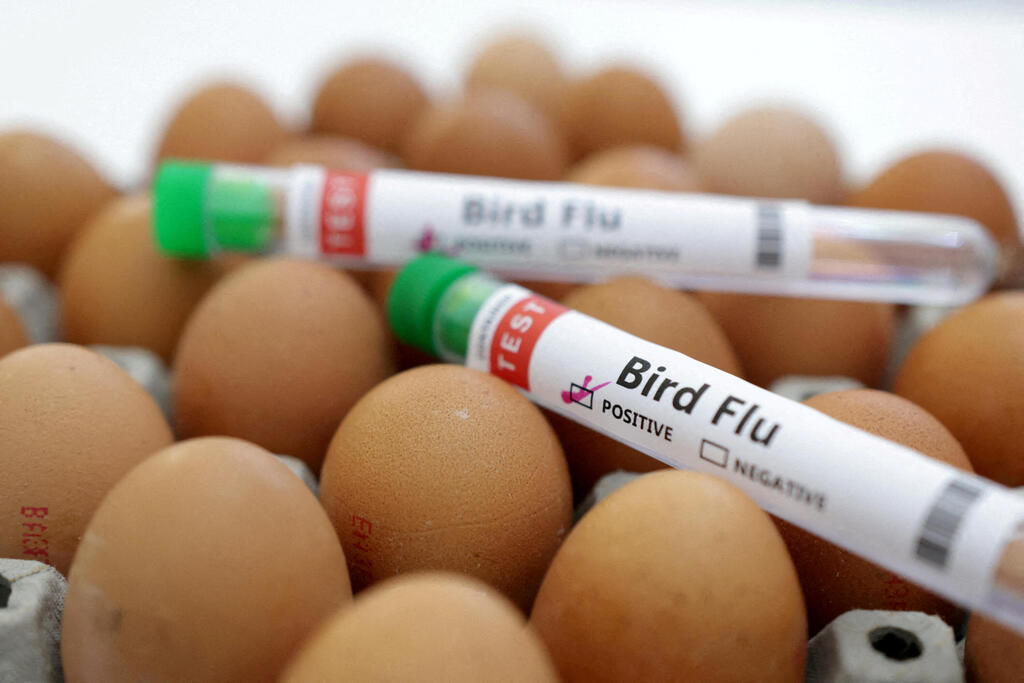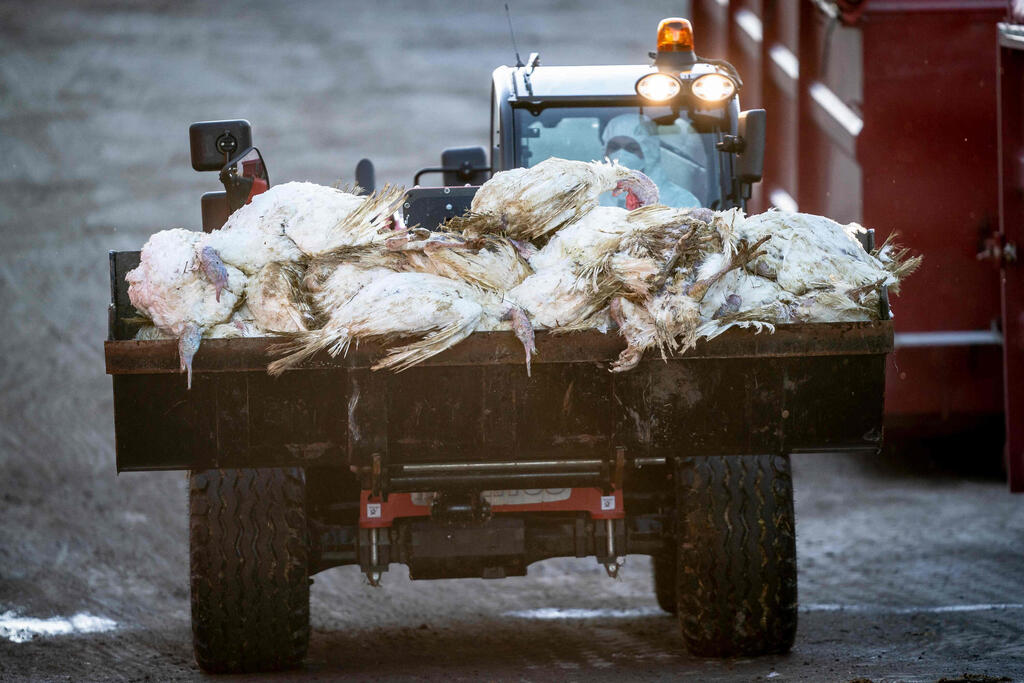Getting your Trinity Audio player ready...
Pets, including cats, dogs, ferrets and mink, are considered an overlooked population in relation to bird flu transmission, researchers say, as they can be susceptible to infection and provide opportunities for disease spread due to their close contact with humans.
Cats are reportedly more susceptible to the virus than dogs, with some infected cats showing respiratory and neurological signs, and some cases resulting in fatal outcomes
The H5N1 avian influenza outbreak in the United States since 2021 has affected wild birds, poultry, farm animals like dairy cows and domestic pets like cats.
Three human cases of H5N1 infection have been confirmed in the U.S., all associated with exposure to infected poultry or dairy cows, with mild respiratory symptoms reported.
As of a week ago, H5N1 has been confirmed in 66 dairy herds across nine U.S. states, prompting the development of new mRNA vaccines for cows and humans.
Over 90 million birds in the U.S. have been affected by the outbreak, with over 4,670 animals killed in Florida alone since 2022, impacting various species beyond poultry and wild birds.
Domestic animals like poultry, dairy cows and other mammals can serve as imperfect vessels for viral mixing, potentially leading to the mutation of bird flu viruses and increasing the risk of adaptation for human-to-human transmission.
Researchers are concerned about the potential for pigs to become infected with both avian and human flu viruses simultaneously, creating a new "superbug" virus through viral mixing and mutation.
A dead bottlenose dolphin in Florida was detected with bird flu, the first known case in a cetacean, and cats in Texas were infected, suggesting potential transmission from affected dairy cows, raw cow milk, or wild birds.
The U.S. Department of Agriculture will begin testing a vaccine on calves next month, and the U.S. Department of Health and Human Services is discussing mRNA flu vaccines for people to complement existing bird flu vaccine doses.
Moderna and Pfizer are working on mRNA-based bird flu vaccines for humans, with promising results from animal studies and hundreds of thousands of vaccine doses ready for distribution, with millions more possible within months.
Vaccinating cows could protect dairy workers and prevent the virus from mutating and spreading to humans, as the relevant exposure is to infected animals, and some workers on infected farms have been diagnosed with mild illnesses.
While the risk to the public remains low, farmworkers exposed to infected animals are at higher risk, and the virus has been found in various animal species, including U.S. dairy herds and alpacas.
Properly cooked meat, eggs, poultry, kibble and canned pet food are safe to consume, as the virus is destroyed through heating, but raw meat and raw food diets for pets pose an increased risk of infectious diseases.
Keeping pets indoors and away from wild birds, monitoring for symptoms, and seeking veterinary care immediately if a pet shows signs of avian influenza are recommended.
Public health officials are monitoring the food supply, and dairy products tested by the FDA did not show any live virus, ensuring safety.
U.S. states and territories vary in monitoring capacity for H5N1 avian influenza virus, with challenges in monitoring exposed individuals and differing antiviral recommendations, highlighting the need for preparedness.
This article was written in collaboration with Generative AI news company Alchemiq
Sources: Science News, LA Times, wtop.com, deseret.com, Miami Herald, medpagetoday.com




